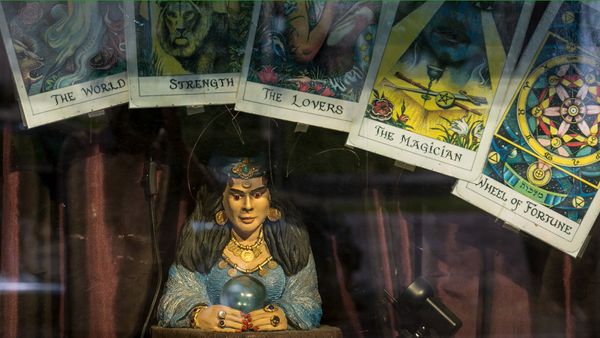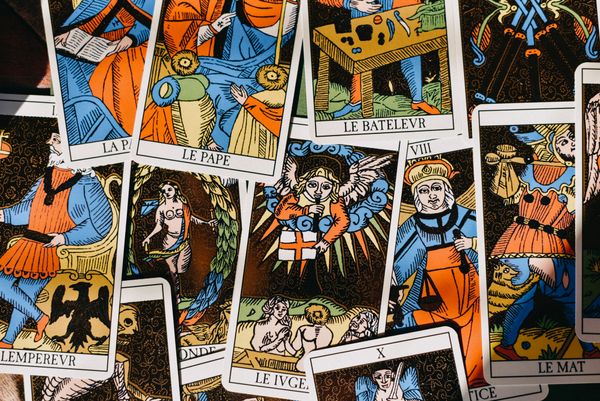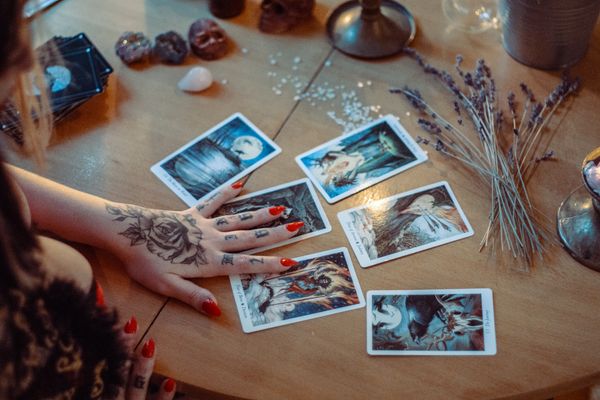
Key Takeaways
- Yes or No Tarot readings offer straightforward answers to specific questions, guiding decision-making processes in personal matters, career choices, and relationships.
- Tarot cards originated in the 15th century as playing cards but evolved into powerful tools for divination and self-reflection, providing spiritual and intuitive guidance.
- The Tarot deck consists of 78 cards, including the Major Arcana and Minor Arcana, each with unique symbolism and insights into various aspects of life.
Welcome to the ultimate guide to Yes or No Tarot readings! If you've ever found yourself in need of a straightforward answer to a burning question, then you're in the right place. In this comprehensive guide, we will explore the fascinating world of Yes or No Tarot readings, uncovering the secrets and techniques behind this powerful divination tool.
Advertisement




